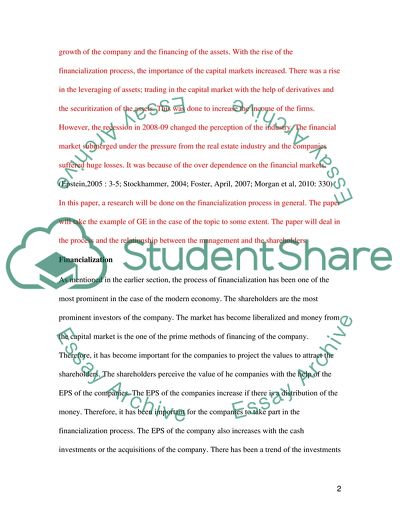Cite this document
(Financialization and the World Economy Dissertation, n.d.)
Financialization and the World Economy Dissertation. Retrieved from https://studentshare.org/finance-accounting/1739167-financialization
Financialization and the World Economy Dissertation. Retrieved from https://studentshare.org/finance-accounting/1739167-financialization
(Financialization and the World Economy Dissertation)
Financialization and the World Economy Dissertation. https://studentshare.org/finance-accounting/1739167-financialization.
Financialization and the World Economy Dissertation. https://studentshare.org/finance-accounting/1739167-financialization.
“Financialization and the World Economy Dissertation”, n.d. https://studentshare.org/finance-accounting/1739167-financialization.


